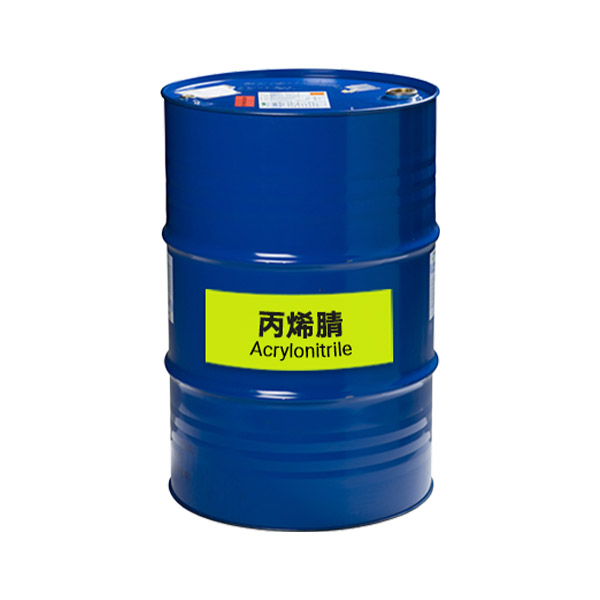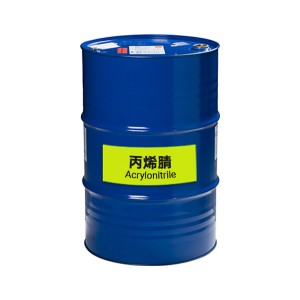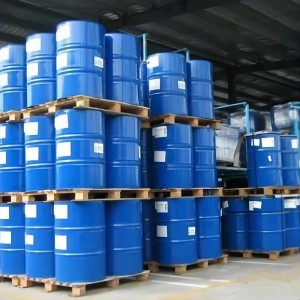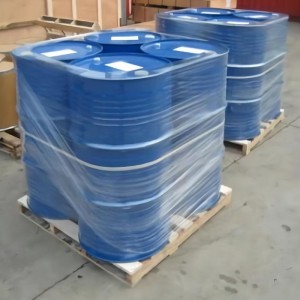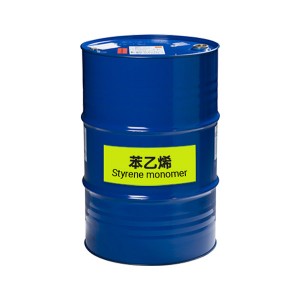
Products
Acrylonitrile to manafacture plastics
Acrylonitrile to manafacture plastics,
Acrylonitrile 99.5%, CAS No.:107-13-1, CH2CHCN,
Acrylonitrile is a chemical compound that consists of carbon, and it has properties such as volatile, liquid, and colorless, obtained by linking of two atoms, vinyl group, and nitrile, it is a unique molecule that helps in polymerization for getting macromolecule like polyacrylonitrile. The Global Acrylonitrile market is expected to witness a moderate growth rate during the forecasted period. Factors like increasing usage in automobile industries due to its thermoplastic properties reduce the weight of the vehicles, which is predicted to increase the need of the Acrylonitrile market in the forecasted period. Further, the primary factor driving the growth of the acrylonitrile market is its substantial use in the construction industry for making interior grills, center consoles, headliners, and others which are expected to increase the demand of the Acrylonitrile market in the forecasted period. Furthermore, increasing applications in electronics and consumer appliances are driving the Global Acrylonitrile market’s growth in the forecasted period. However, the change in prices of raw materials and the effects of acrylonitrile compounds on the environment, along with high toxicity and flammability, restrain the growth of the acrylonitrile market in the forecasted period.
Acrylonitrile is used in various chemicals like acrylonitrile butadiene styrene (ABS), acrylic fibers, styrene-acrylonitrile resins (SAR), nitrile rubber, and carbon fibers, among others.
Product Features
| Product Name | Acrylonitrile |
| Other Name | 2-Propenenitrile, Acrylonitrile |
| Molecular Formula | C3H3N |
| CAS No | 107-13-1 |
| EINECS No | 203-466-5 |
| UN NO | 1093 |
| Hs Code | 292610000 |
| Molecular weight | 53.1 g/mol |
| Density | 0.81 g/cm3 at 25℃ |
| Boiling point | 77.3℃ |
| Melting point | -82℃ |
| Vapor pressure | 100 torr at 23℃ |
| Solubility Soluble in isopropanol, ethanol, ether,acetone, and benzene Conversion factor | 1 ppm = 2.17 mg/m3 at 25 ℃ |
| Purity | 99.5% |
| Appearance | Colorless transparent liquid |
| Application | Used in the manufacture of polyacrylonitrile, nitrile rubber, dyes, synthetic resins |
Certificate of Analysis
|
Test |
Item |
Standard Result |
|
Appearance |
Colorless transparent liquid |
|
|
Color APHA Pt-Co :≤ |
5 |
5 |
|
acidity(acetic acid)mg/kg ≤ |
20 |
5 |
|
PH(5% aqueous solution ) |
6.0-8.0 |
6.8 |
|
Titration value (5% aqueous solution ) ≤ |
2 |
0.1 |
|
Water |
0.2-0.45 |
0.37 |
|
Aldehydes value(acetaldehyde)(mg/kg) ≤ |
30 |
1 |
|
Cyanogens value (HCN) ≤ |
5 |
2 |
|
Peroxide(hydrogen peroxide)(mg/kg) ≤ |
0.2 |
0.16 |
|
Fe (mg/kg) ≤ |
0.1 |
0.02 |
|
Cu (mg/kg) ≤ |
0.1 |
0.01 |
|
Acrolein (mg/kg) ≤ |
10 |
2 |
|
Acetone ≤ |
80 |
8 |
|
Acetonitrile (mg/kg) ≤ |
150 |
5 |
|
Propionitrile (mg/kg) ≤ |
100 |
2 |
|
Oxazole (mg/kg) ≤ |
200 |
7 |
|
Methylacrylonitrile (mg/kg) ≤ |
300 |
62 |
|
Acrylonitrile Content(mg/kg) ≥ |
99.5 |
99.7 |
|
Boiling range (at 0.10133MPa),℃ |
74.5-79.0 |
75.8-77.1 |
|
Polymerization inhibitor (mg/kg) |
35-45 |
38 |
|
Conclusion |
The results conform with enterprise stand |
|
Package and Delivery
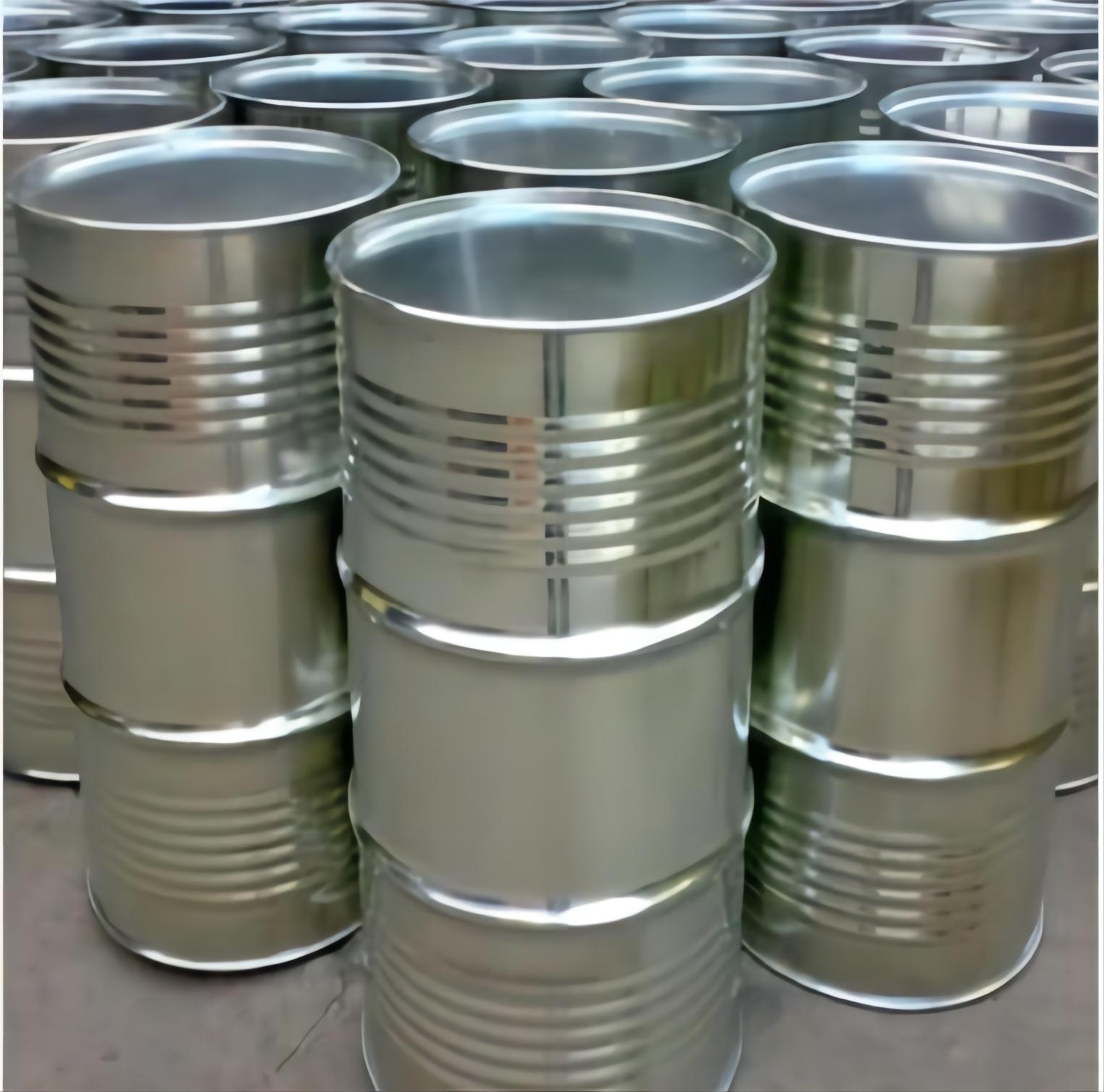
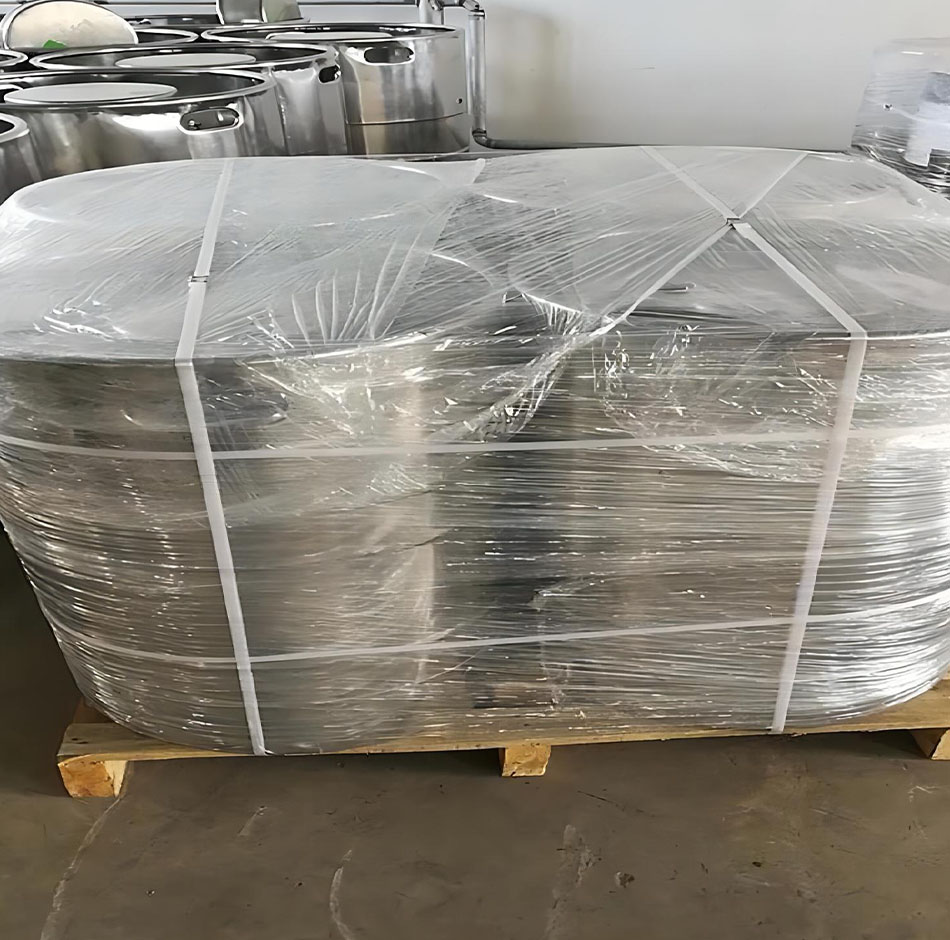
Product Application
Acrylonitrile is produced commercially by propylene ammoxidation, in which propylene,ammonia, and air are reacted by catalyst in a fluidized bed. Acrylonitrile is used primarily as a co-monomer in the production of acrylic and modacrylic fibers. Uses include the production of plastics, surface coatings, nitrile elastomers, barrier resins, and adhesives. It is also a chemical intermediate in the synthesis of various antioxidants, pharmaceuticals, dyes, and surface-active.
1. Acrylonitrile made of polyacrylonitrile fiber, namely acrylic fiber.
2. Acrylonitrile and butadiene can be copolymerized to produce nitrile rubber.
3. Acrylonitrile, butadiene, styrene copolymerized to prepare ABS resin.
4. Acrylonitrile hydrolysis can produce acrylamide, acrylic acid and its esters.

